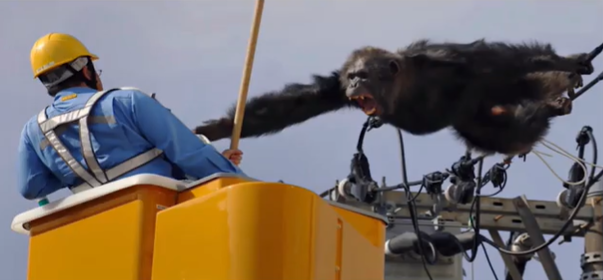Passive Voice
Introduction to Passive Voice
Passive with Present Simple
Listening Practice: New Headlines with Passive Voice
Quiz: Passive Voice
Relative & Complementary Clauses
Possessions: Using "whose"
Complementary clauses with "about"
Quiz: Relative & Complementary Clauses
Expressions: Asking Questions
Indirect Questions with -wh pronouns
Tag Questions
First time in Toronto!
Quiz: Expressions: Asking Questions
Expressions: Assumptions, Preferences & Suggestions
Making assumptions with "must" and "can't have"
Expressing Choices with "either... or"
Negative Suggestions: "Let's not..."
Trying to plan a party
Quiz: Expressions: Assumptions, Preferences & Suggestions
Building Vocabulary
Abstract Nouns
Adjectives Order
Adjectives from verbs and nouns - common suffixes
Using "to" + infinitive and "ing"
Using "quite" and "quite a (n)"
Using "between" and "among"
Quiz: Building Vocabulary
Conclusion
Conclusion
Você não tem acesso a esta aula
Continue aprendendo! Junte-se e comece a impulsionar sua carreira
Se você já tem uma conta,
Making assumptions with "must" and "can't have"
9/20Must have y can’t have son dos estructuras para hacer deducciones o suposiciones acerca de algo que sucedió en el pasado.
Estructura: must have / can’t have + verb in past participle
Must have se utiliza cuando tú estás muy seguro o con una gran certeza que algo va a suceder. Mientras que can’t have se utiliza cuando un evento o acción es imposible que suceda.
Practiquemos el uso de must have y can’t have para deducciones
Mira la siguiente imagen y responde la pregunta: ¿cómo llegó el elefante a la avenida? Utiliza must have y can’t have para deducir la causa.

Posibles deducciones a partir de la imagen del elefante
- The elephant can’t have escaped from the zoo. We don’t have a zoo in this town (No hay zoológico, por ende es imposible).
- The elephant must have tried to attack some people (Está en medio de la calle, seguro ataca a alguien).
- The elephant can’t have gone too far because it is too big (Es imposible que llegue muy lejos, es muy pesado y lo detendrán).
- The elephant mus’t have been very streed (Hay mucho ruido, seguramente estará muy estresado, no es normal para ellos).
Ejercicio de writing
Mira la siguiente imagen y responde la pregunta: What do you think happened here? Utiliza must have y can’t have para deducir la causa. ¡Comparte tu trabajo en la sección de aportes!

Contribución creada con aportes de: Andrés Guano.
Contribuições 0
Perguntas 0

Quer ver mais contribuições, perguntas e respostas da comunidade?